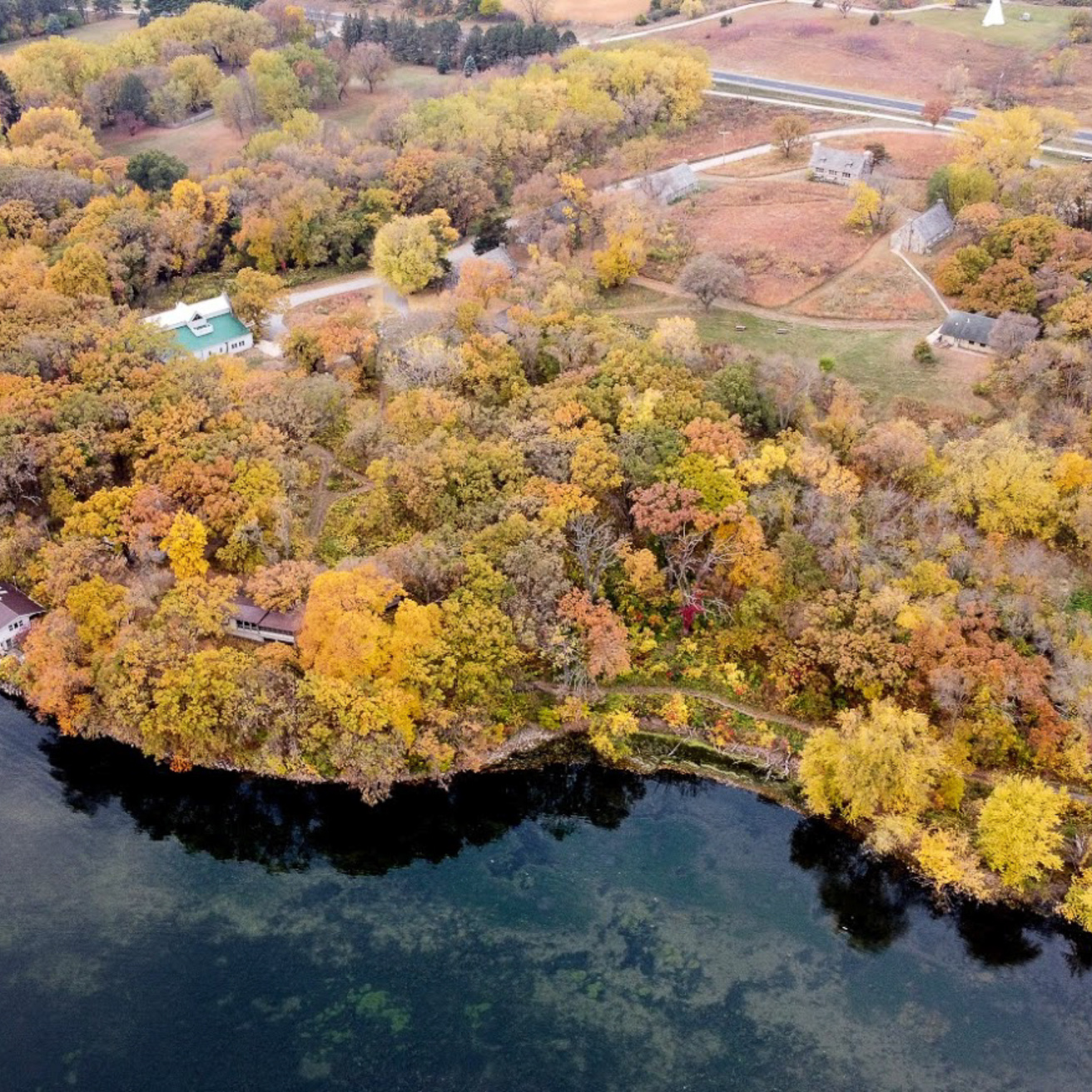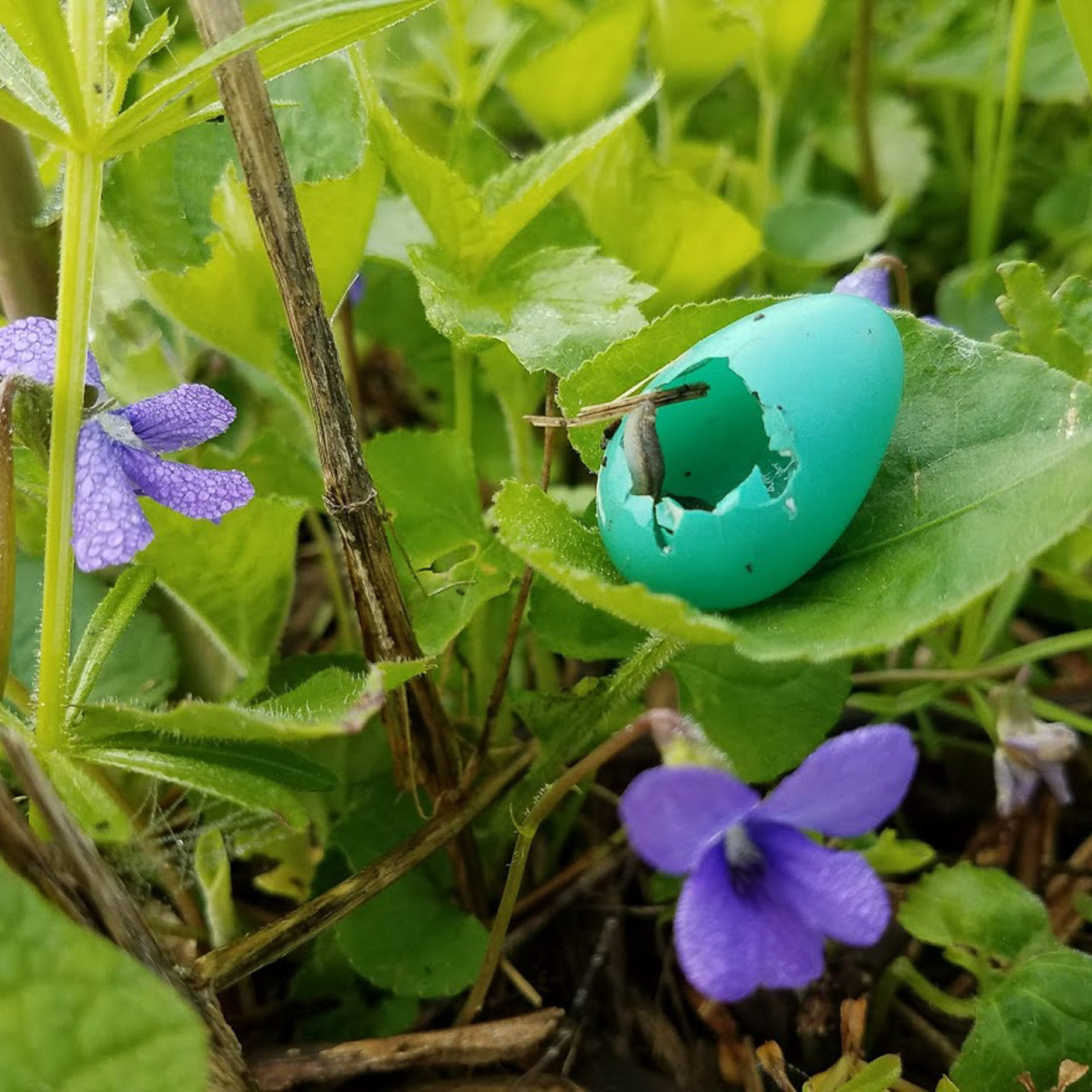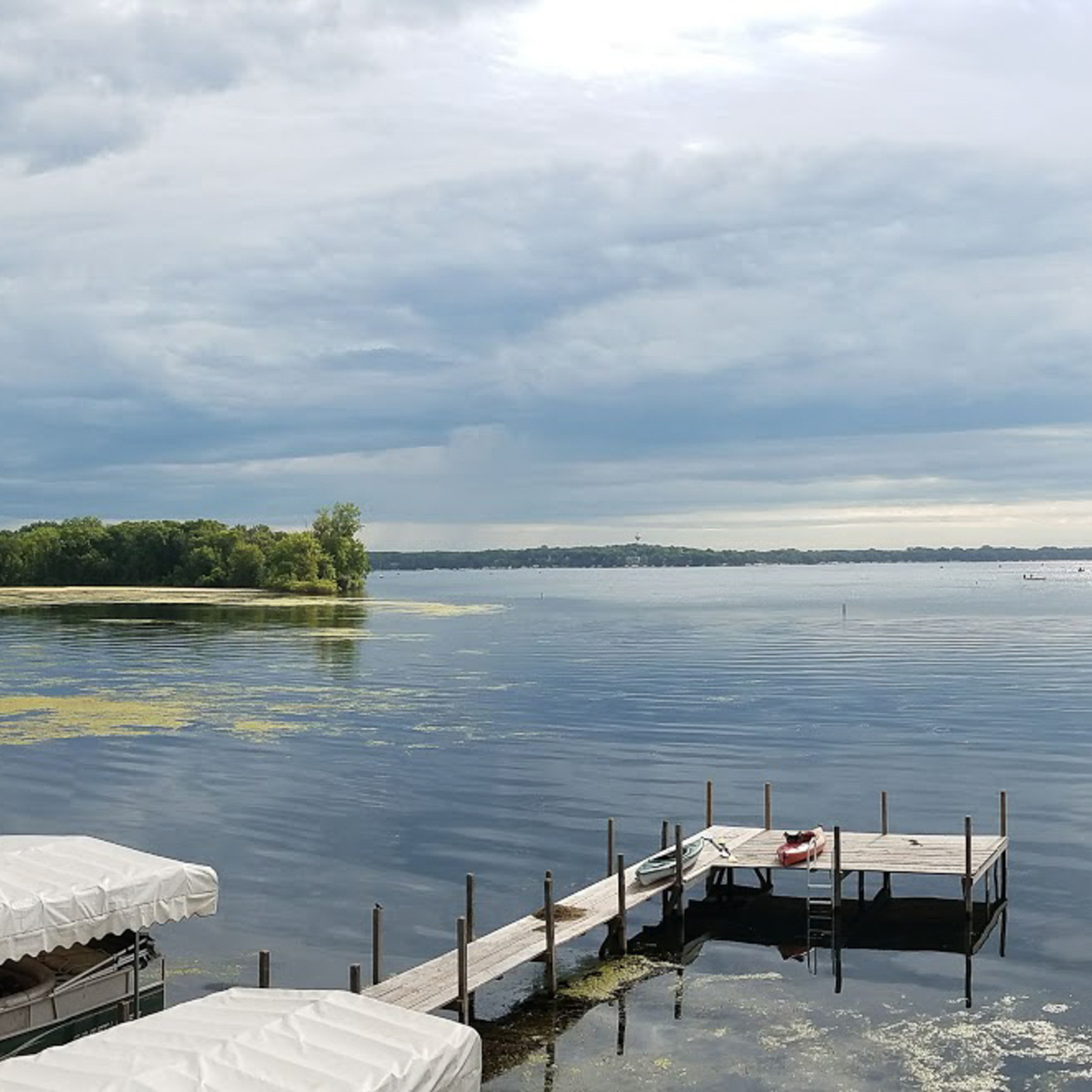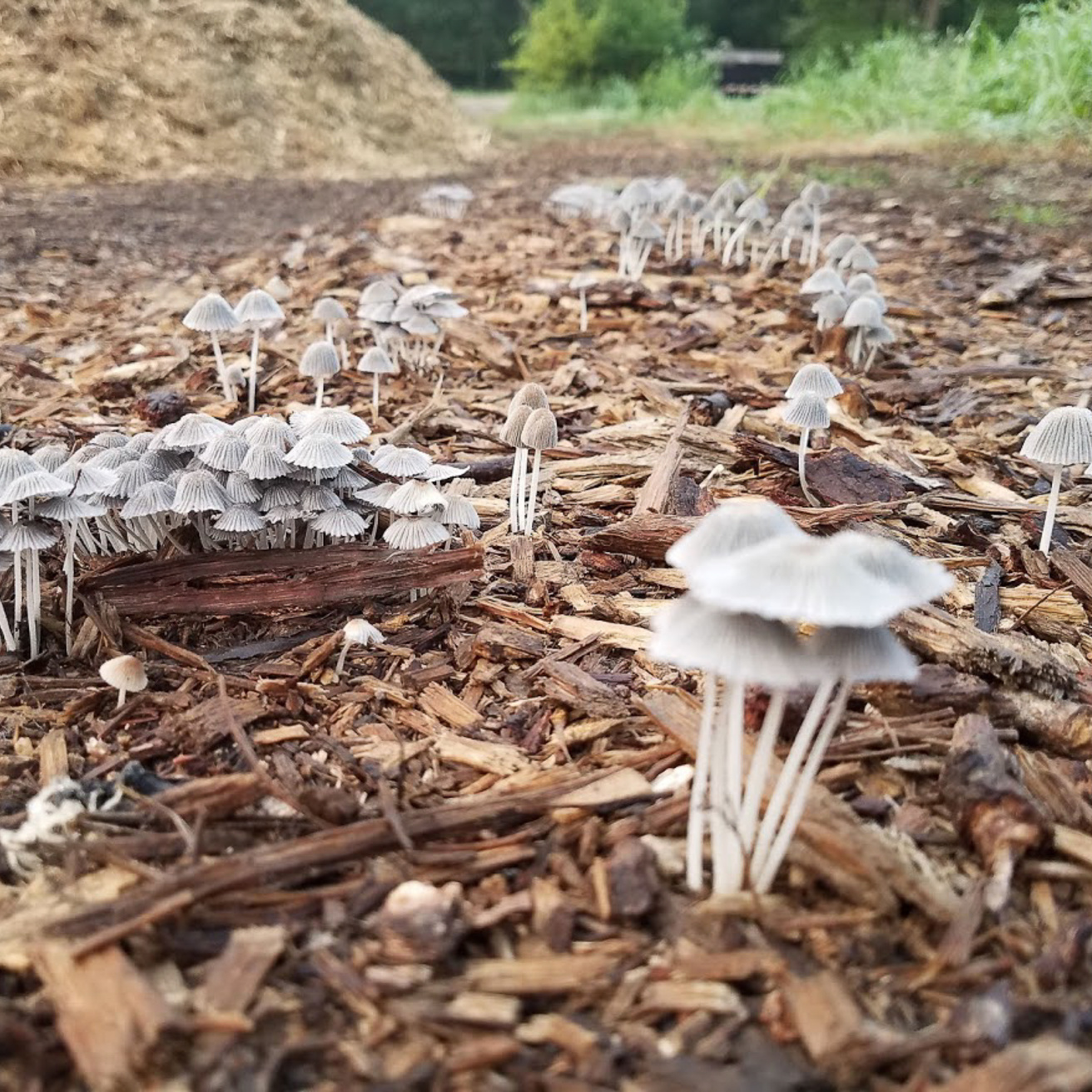Buildings
The Lakeside campus is noteworthy for both its natural areas and its buildings. The natural areas are diverse and include prairies, wetlands, and forests. Eleven of Lakeside's 37 buildings are listed on the National Register of Historic Places.
Lakeside's buildings and natural areas are actively used for university classes and community outreach programs, especially in the summer. Buildings can be rented by non-profit community groups when not in use for Lakeside purposes.
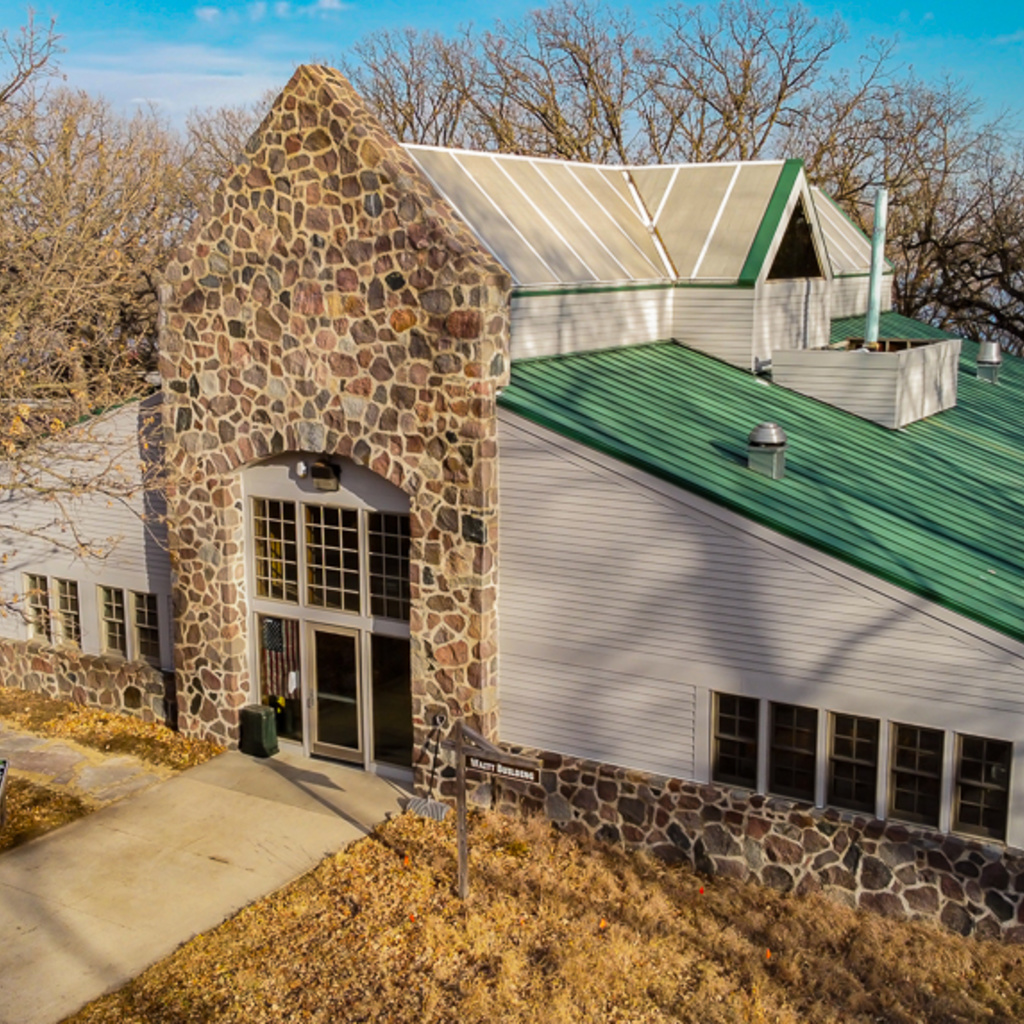
Waitt Building
Lakeside's newest building is the Waitt Lab, a gift of the Friends of Lakeside Lab. Opened in 1998, it contains the Bovbjerg Water Chemistry Laboratory, two classrooms, several offices, and Andrea's Atrium, which is used for receptions and gatherings.

Mahan Hall
Mahan Hall was built in 1961 and renovated in 2003. It is Lakeside's largest indoor space and is used for lectures, meetings, and classes. With its open floor plan, Mahan can accommodate a variety of meeting set-ups. It is fully equipped for audio-visual presentations.
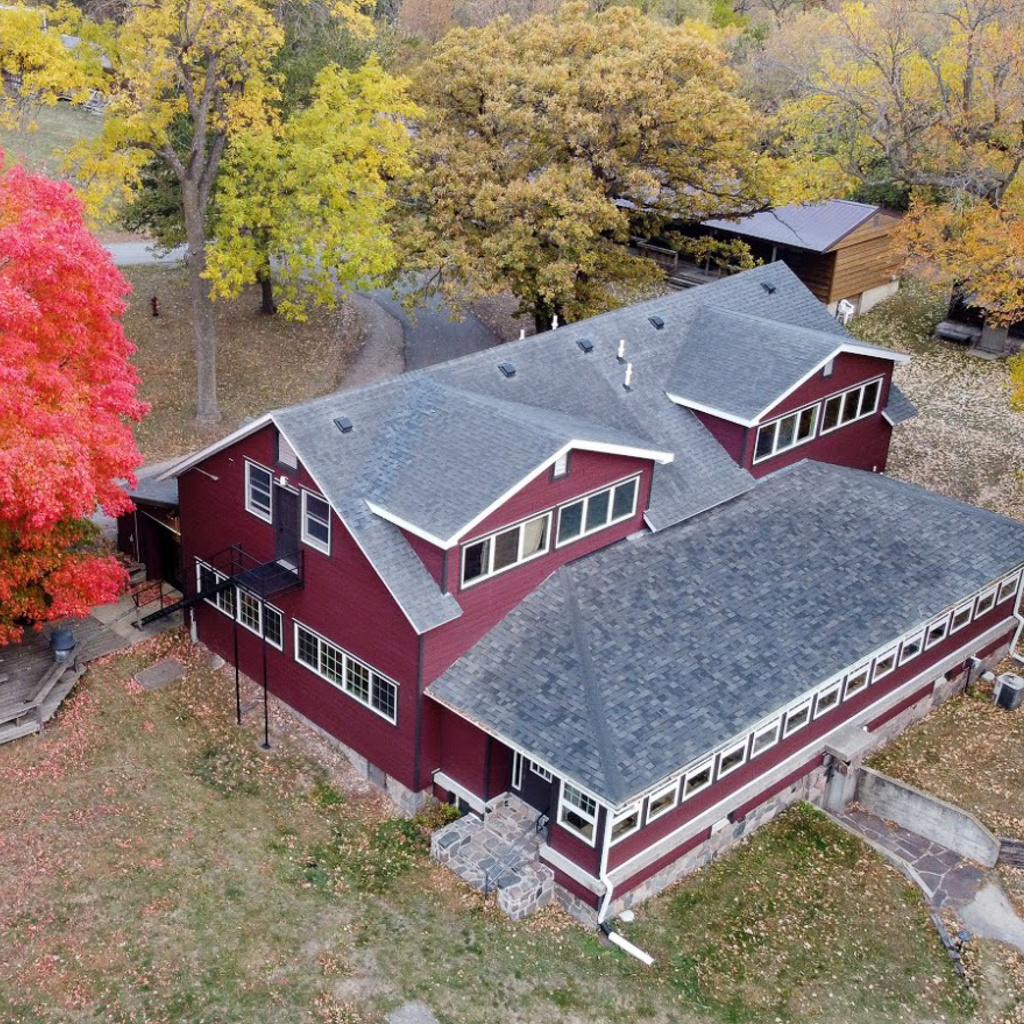
Dining Hall
The Dining Hall is an old barn that was moved to its present location in the 1930s. It is used mainly in the summer but is available year-round and can accommodate 80 to 90 people at a time. Students, faculty, and guests eat together at round tables, fostering a collegial atmosphere. An enclosed porch, added in 1997, offers a panoramic view of Little Miller's Bay. The lower level is a student lounge.
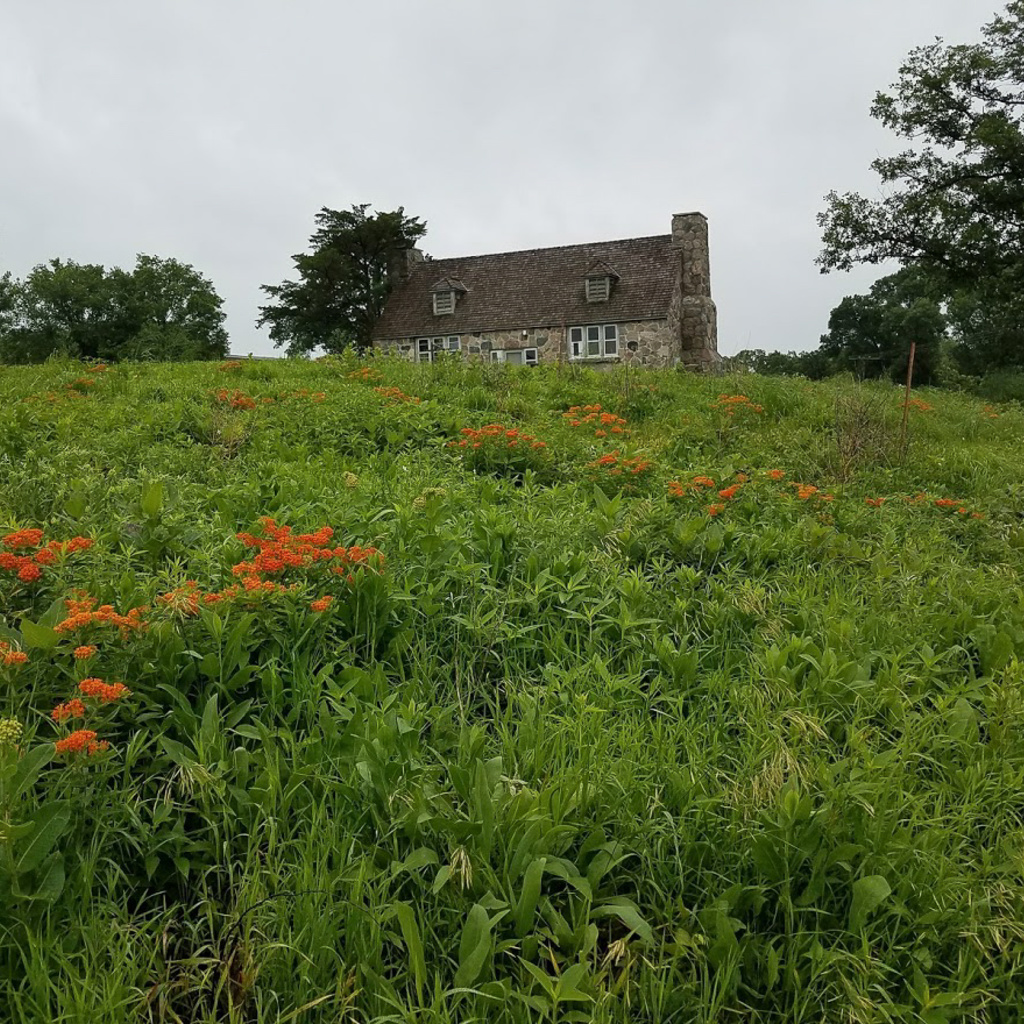
Stone Labs
The five stone labs are named for Iowa scientists: Macbride, Shimek, Pammel, Calvin, and Bodine. Macbride was renovated in 2003 into a modern lab for the study of diatoms and other freshwater algae. Pammel, Calvin, and Bodine maintain more of their original appearance inside, with small, wood-paneled rooms and large concrete tanks for the study of aquatic life. Shimek has an open floor plan.
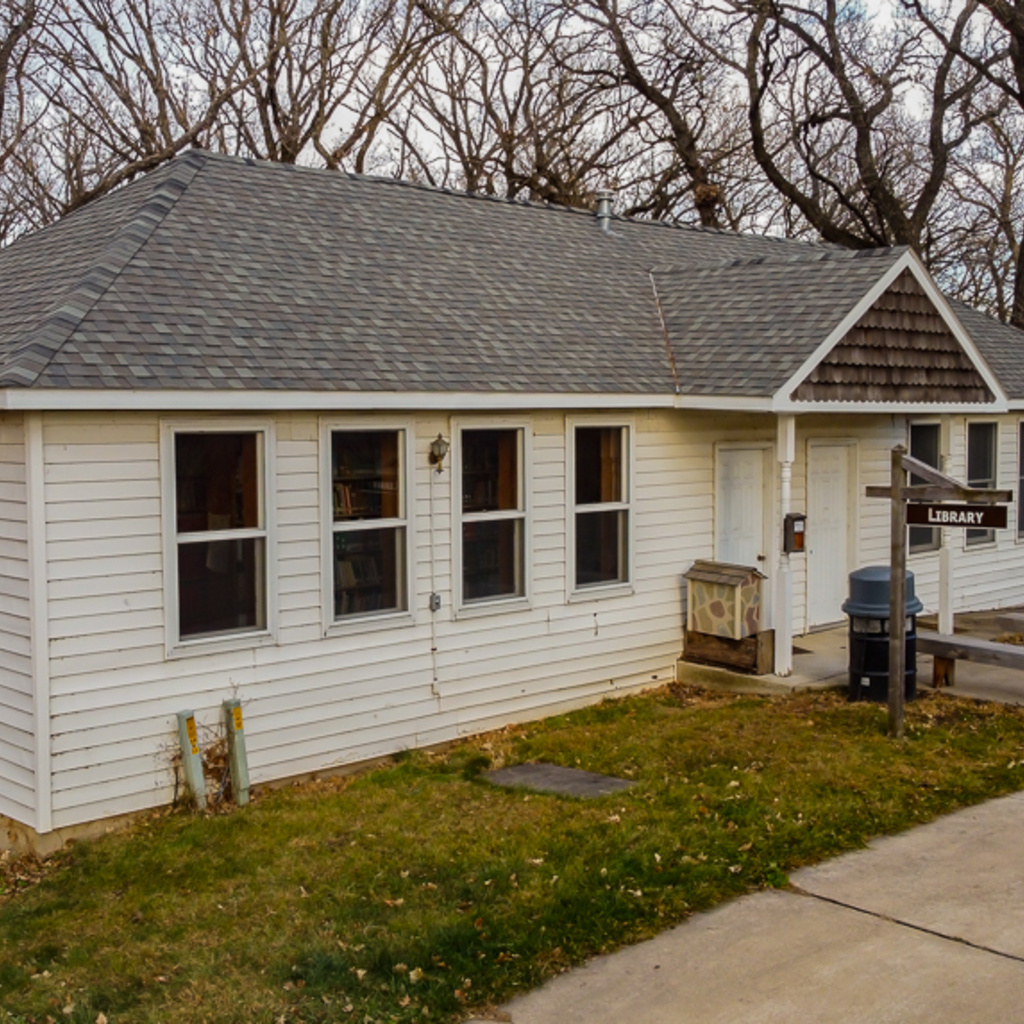
Library
The Library, originally a one-room schoolhouse, was moved to Lakeside and expanded in 1971. Shelves of books and journals take up most of the original structure, while the addition houses a reading room and conference room.
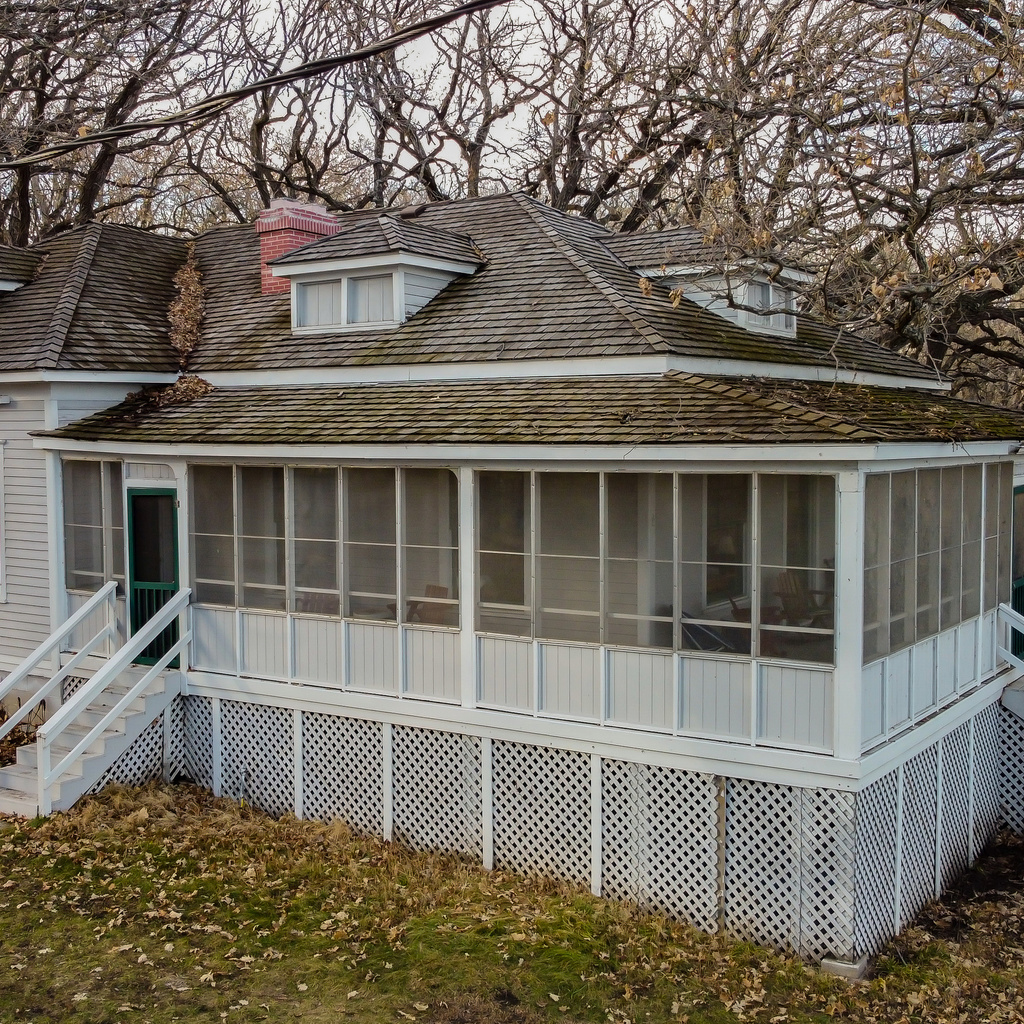
Main Cottage
Lakeside's oldest building is Main Cottage, dating from the late 19th century. It became a part of Lakeside when the first five acres were purchased in 1909. Main Cottage is listed on the National Register of Historic Places and is still used for visitor housing.
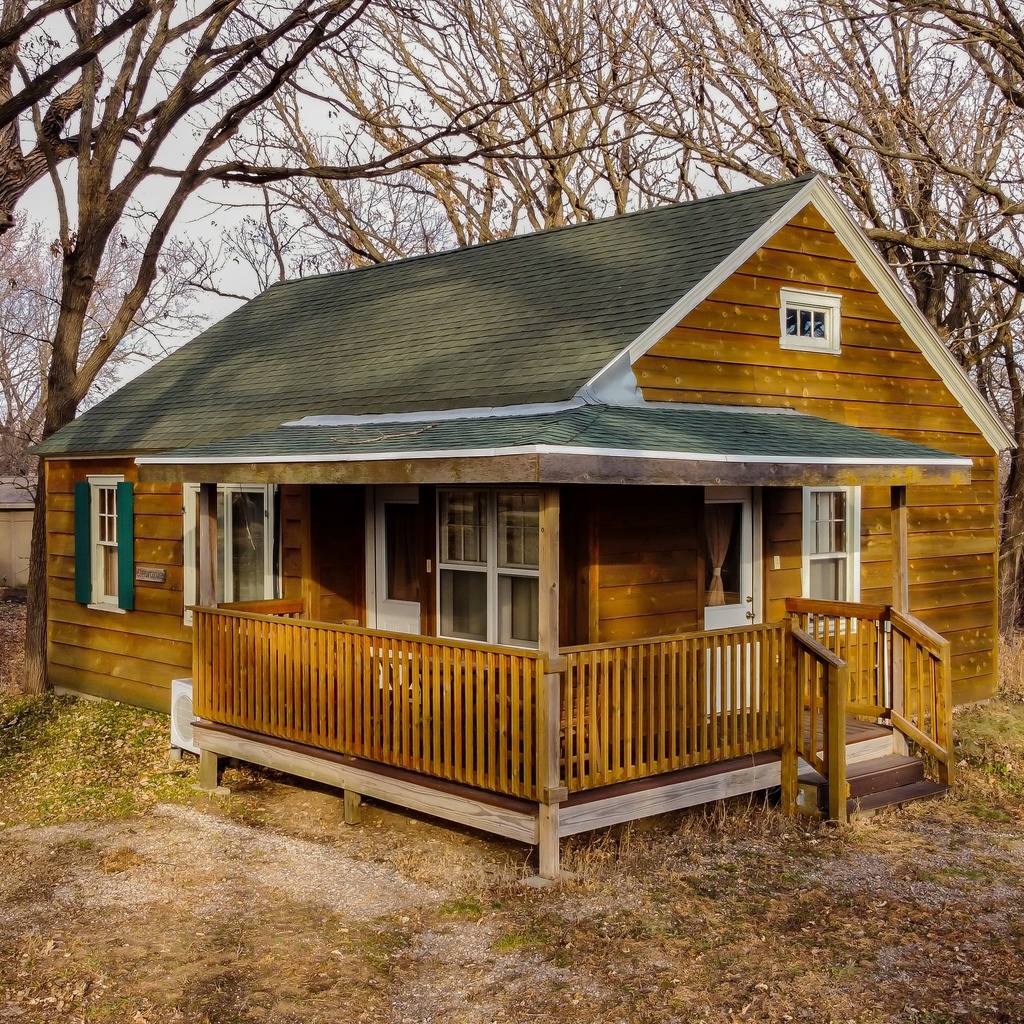
Cottages
Residential facilities at Lakeside include three cottages donated by local families. Tamisiea Cottage and Rierson Cottage are used year-round by visiting scholars and other guests. Cotton Cottage was renovated in 2011.
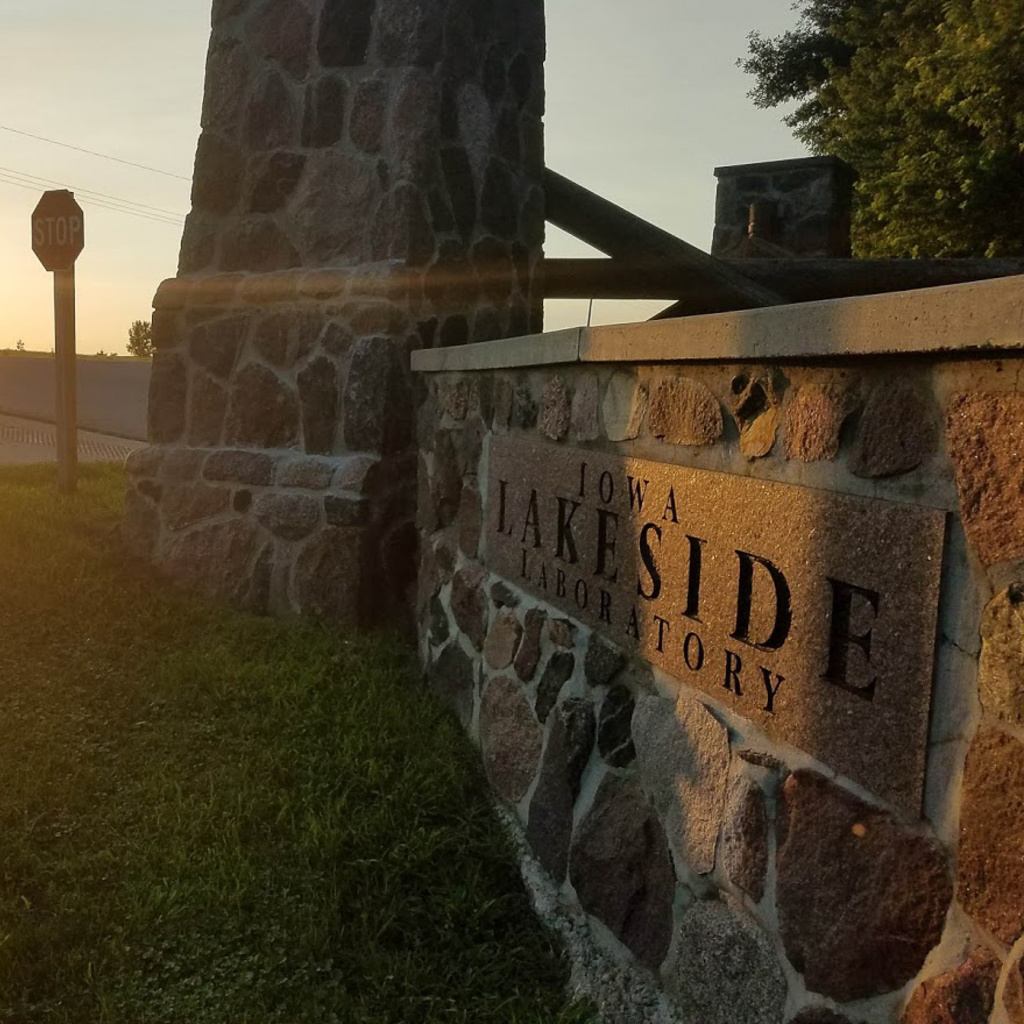
Civilian Conservation Corps
From 1935 through 1936, the Civilian Conservation Corps (CCC) built 13 structures at Lakeside. These included the entry gates, 11 buildings, and a set of stairs down a steep slope to West Okoboji Lake. All were constructed of native stone. The buildings include five teaching labs, four residential cottages, a bathhouse, and a boathouse. All the CCC buildings are listed on the National Register of Historic Places. The boathouse is the exception, as a large addition (the Limnology Lab) was built over it in the 1960s. All have been maintained and are still in use.
Grounds and Natural Areas
Lakeside occupies 147 acres, including the entire shoreline of Little Millers Bay of West Okoboji Lake. Most of the campus is natural land. The campus can be divided into three sections: 1) the Ecological Studies Campus, 2) the Residential Campus, and 3) the Teaching Campus.
The Ecological Studies Campus occupies more than three-fourths of of the land mass at Lakeside, including the entire northern portion. The northwest part is being restored to prairie. Another 23 acres to the immediate east is reconstructed prairie, planted in 2002-03. A second-growth woods of box elder and other trees separates these areas from West Okoboji Lake. It also separates them from the Residential Campus to the south.
The Residential Campus includes the Lakeside Office, the Facility Manager's Residence, faculty and student housing, the bathhouse, the Dining Hall, and nearby lawns. A ravine shaded by burr oaks and other trees separates this area from the Teaching Campus to the south.
The Teaching Campus features a high knoll that slopes down to Little Millers Bay. Waitt Lab, Mahan Hall, Library, all laboratories, Tamisiea Cottage, and Main Cottage are located here. The landscape is very naturalistic. Prairie and meadows occupy the higher ground, while oak woods and savanna grow near the lake. Native plant gardens are being developed near the Waitt Lab.
A group of dedicated volunteers helps maintain Lakeside's grounds and natural areas. Come join us and learn about conservation, native plants, and gardening while you work.
